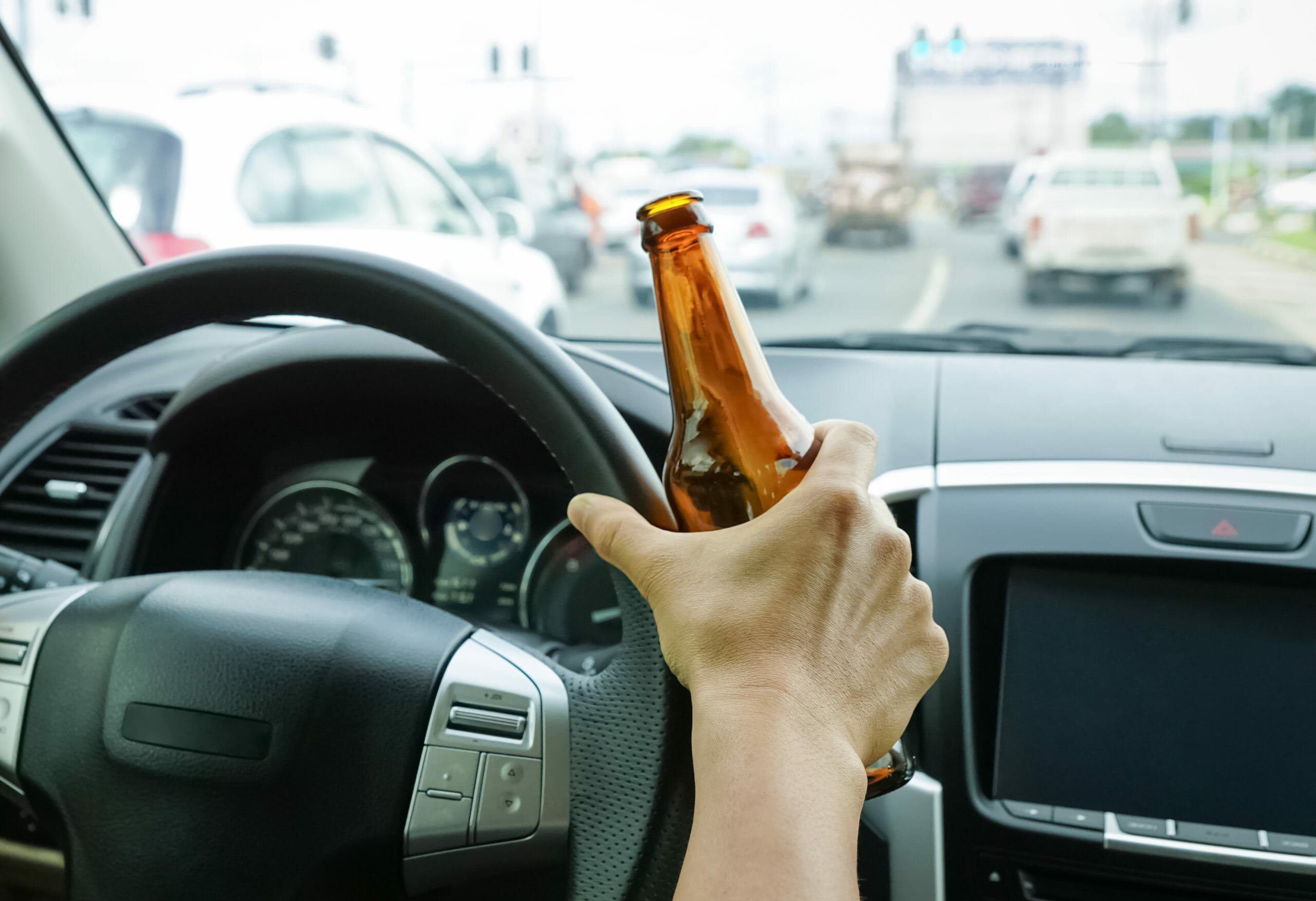Steering Clear of DUI: Trends and Tactics for Prevention

Driving under the influence, commonly referred to as DUI, is a global concern that has seen trends change in response to escalating or decreasing occurrences. It relates to the act of operating a motor vehicle while one’s ability to do so has been compromised by the consumption of alcohol or other substances.
This article seeks to provide an in-depth discussion of these trends, alongside evaluation of strategies that have been deployed to counteract and prevent DUI incidents.
With the significant consequences that DUI incidents can impose on societies, including threats to human life, property damage, and legal implications requiring a criminal lawyer, there is an urgent need for further discourse on this subject.
In reviewing DUI trends, we can better understand the broad impact of prevention measures, and whether they’ve been successful or require more fine-tuning. By keeping ourselves informed and spreading awareness, we can contribute to safeguarding our communities and instigating a progressive change in attitudes and behaviors towards impaired driving.
Historical Context of DUI Trends

DUI has seemingly existed as long as vehicles have been in operation. Early instances of driving under the influence can be traced back to the late 19th and early 20th centuries with the advent of automobiles.
Initially, legislation and laws concerning drunk driving were non-existent or rather lax, mostly because there was little understanding of the extent to which alcohol could impair driving ability. In the United States, for example, the first DUI law was enacted in New York in 1910, outlawing driving while intoxicated but without a clear definition or measure of intoxication.
In regards to DUI prevention measures, it wasn’t until the 1930s that significant strides were made. The development and implementation of tools like the “drunkometer”, and later on the breathalyzer in the ’50s, allowed law enforcement bodies to measure blood alcohol concentration (BAC), and use it as a standard to define intoxication. Organizations like Mothers Against Drunk Driving (MADD), founded in 1980, also played a major role in raising awareness and bolstering DUI prevention efforts.
Over time, stricter laws and better public education have led to a decline in DUI incidents in many regions, although it remains a significant issue. Advances in technology, notably the invention of ignition interlock devices, have further helped to reduce the incidence of DUI.
In more recent years, there has been an increased focus on addressing drug-impaired driving, as well as continued emphasis on education and awareness campaigns to further curb DUI trends. The universal trend towards stricter DUI laws and implementation has continued, reflecting societal intolerance for this dangerous behavior.
Current Global DUI Trends

On a global scale, DUI cases exhibit vast disparities, largely reflecting the differences in societal norms, laws, and enforcement measures from one region to another. According to the World Health Organization, alcohol contributes to more than 3% of mortality worldwide, a significant portion of which is due to alcohol-impaired driving. In many countries, especially those with high alcohol consumption rates, DUI-related accidents account for a substantial fraction of all road fatalities.
DUI laws and enforcement vary remarkably across the globe. Some countries, like South Africa, have a lower Blood Alcohol Concentration (BAC) legal limit while others such as the U.K. have higher limits. In countries like Sweden, a DUI conviction can even lead to a prison sentence. Enforcement measures also vary, with certain nations employing random breath testing and others relying on sobriety checkpoints.
An increasing number of countries are incorporating technological interventions, such as ignition interlock devices, into their legal and enforcement frameworks. This global visibility into DUI trends and prevention strategies offers important insights that can guide efforts to reduce DUI and its harmful impacts.
DUI Trends in the United States

The United States, despite concerted efforts over the decades to control Driving Under the Influence (DUI) incidents, continues to grapple with significant DUI rates. According to the National Highway Traffic Safety Administration (NHTSA), approximately 10,000 people die every year due to alcohol-impaired driving crashes, accounting for nearly a third of all traffic-related deaths in the U.S. The NHTSA also highlights that younger groups, particularly those between 21 to 34 years, contribute to a substantial portion of these incidents.
There are striking variations in DUI trends across the 50 states in America. States like Wyoming, South Dakota, and Montana have been reported to statistically have higher DUI rates, often attributed to factors such as rural road conditions and a lack of public transportation options. Contrastingly, states like New York, Massachusetts, and Illinois have lower rates, which some attribute to stringent laws, active enforcement, and effective public awareness campaigns.
In addition to geographic variations, demographic differences play a role in the prevalence of DUI in the U.S. as well. For instance, men are more likely than women to be involved in DUI incidents; and as mentioned earlier, younger age groups tend to show higher DUI rates compared to older groups.
Education and income levels too, have been noted to influence DUI trends. However, it is important to remember, DUI is a societal challenge that spans across all demographics, necessitating inclusive prevention efforts and strategies.
DUI remains a persistent issue of global concern, despite the notable disparities in trends across different regions. Its impacts are profound, spanning physical and mental health consequences, legal implications, and overwhelming societal costs.
However, through strategic implementation of preventive measures – including legal penalties, educational initiatives, and advancements in technology – we can collectively work toward mitigating this issue and realizing a safer society.




